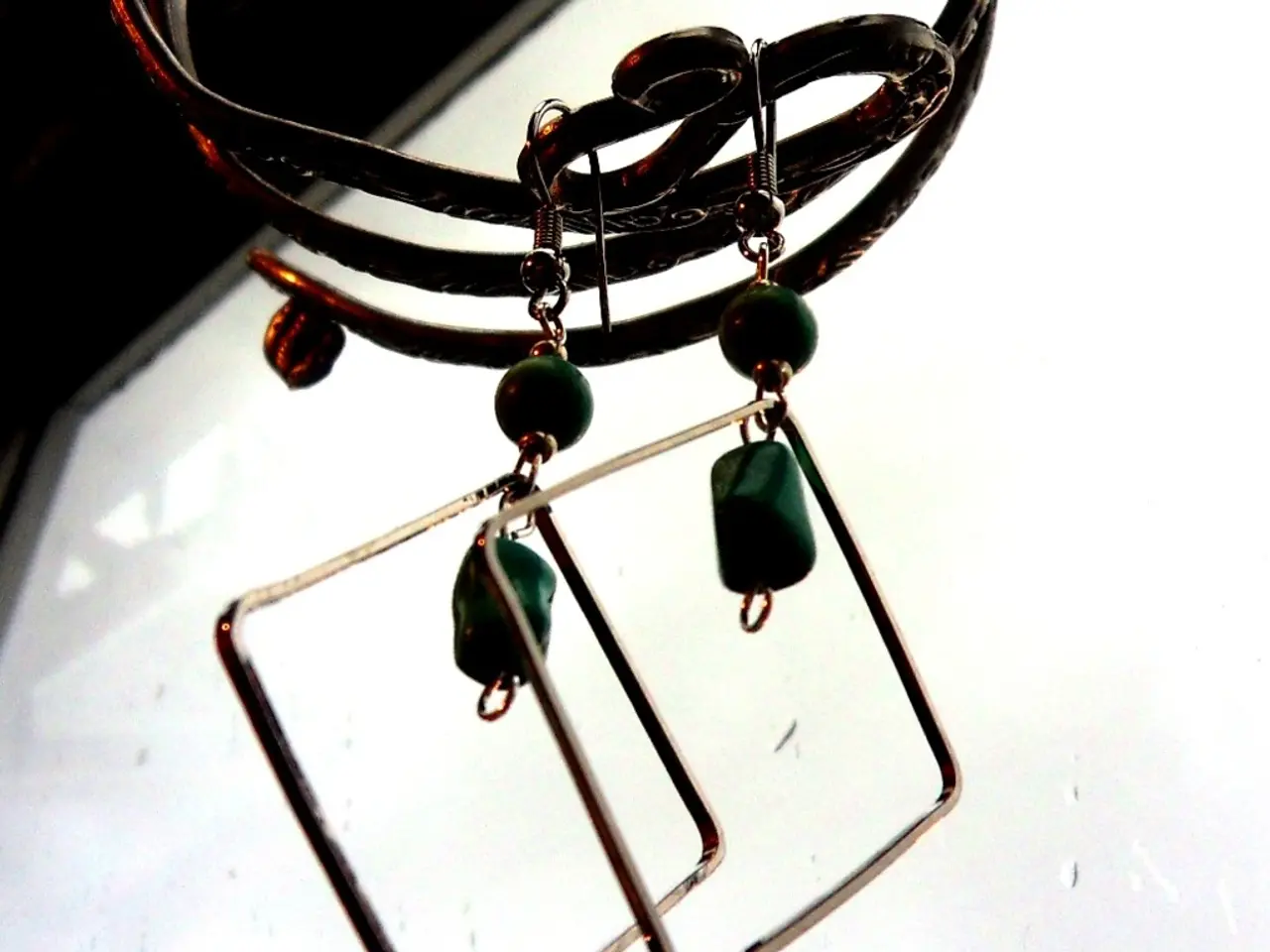Migraines Caused by Disturbances in the Vestibular System
Vestibular migraines, a condition that causes dizziness and balance issues, can be a challenge to manage. However, understanding the common triggers and implementing lifestyle modifications can significantly improve symptoms for up to 39% of patients[1].
Stress is a significant trigger for vestibular migraines. Techniques such as meditation, mindfulness, deep breathing, and yoga can help manage stress levels, potentially reducing the frequency of vestibular migraines[1].
Dietary triggers, including foods containing tyramine, nitrates, histamine, and MSG, can exacerbate vestibular migraines. Common culprits include chocolate, alcohol, coffee, aged cheeses, and processed meats[2][4]. The Vestibular Disorders Association recommends dietary interventions such as supplements like magnesium, riboflavin, and vitamin D[6].
Physical issues, such as problems with the shoulder, neck, or jaw, can contribute to recurrent migraines, including vestibular migraine episodes[3]. Seeking treatment for these physical issues may help manage vestibular migraines.
Environmental and sensory triggers, such as light sensitivity, motion, sound sensitivity (hyperacusis), and even positional changes, can provoke vestibular migraine symptoms[5].
These triggers can cause symptoms like dizziness, vertigo, nausea, and visual disturbances characteristic of vestibular migraine[5]. Managing these common triggers often helps in reducing the frequency and severity of attacks.
For those struggling to identify triggers, apps like Migraine Buddy can be useful. This free app helps track and identify migraine triggers, providing an effective way to manage lifestyle for vestibular migraine patients[7].
It's important to note that vestibular migraines can occur in any age group, with young adults and those between 60-70 years old being most commonly affected[8]. The condition is also more prevalent in females, post-menopausal women, those with a history of depression, and individuals prone to motion sickness and food-triggered headaches[9].
The diagnosis of vestibular migraines is based on clinical features, as there are no biological markers for the condition[1]. Other conditions that could be confused with vestibular migraines during diagnosis include Benign paroxysmal positional vertigo (BPPV), Transient ischemic attacks (TIAs), Vestibular paroxysms, Psychiatric dizziness, and hormonal changes[10].
Understanding the triggers for vestibular migraines and implementing lifestyle modifications can lead to improved management of symptoms. If you or someone you know is experiencing symptoms of vestibular migraines, it's crucial to consult a healthcare professional for an accurate diagnosis and treatment plan.
[1] https://www.ncbi.nlm.nih.gov/pmc/articles/PMC6182626/ [2] https://www.ncbi.nlm.nih.gov/pmc/articles/PMC2838649/ [3] https://www.ncbi.nlm.nih.gov/pmc/articles/PMC5739654/ [4] https://www.ncbi.nlm.nih.gov/pmc/articles/PMC3167060/ [5] https://www.ncbi.nlm.nih.gov/pmc/articles/PMC6079780/ [6] https://vestibular.org/understanding-vestibular-disorders/treatment/diet-interventions [7] https://migraine.com/blog/migraine-buddy-app-review/ [8] https://www.ncbi.nlm.nih.gov/pmc/articles/PMC6182626/ [9] https://www.ncbi.nlm.nih.gov/pmc/articles/PMC6182626/ [10] https://www.ncbi.nlm.nih.gov/pmc/articles/PMC6182626/
- In addition to clinical features, neurological disorders like vestibular migraines can be influenced by factors such as stress, sleep patterns, and nutrition.
- The science of health and wellness suggests that certain medications, such as magnesium, riboflavin, and vitamin D supplements, may help manage symptoms of vestibular migraines.
- Engaging in physical therapy, especially for issues related to the shoulder, neck, or jaw, can potentially alleviate symptoms of vestibular migraines.
- It's essential to consider environmental and sensory factors, including light, motion, sound, and positional changes, as potential triggers for vestibular migraines, which can exacerbate conditions like dizziness and vertigo.
- Healthcare professionals may consider a range of medical-conditions in the diagnosis process for vestibular migraines, such as Benign paroxysmal positional vertigo (BPPV), Transient ischemic attacks (TIAs), and hormonal changes, to exclude similar conditions and accurately determine the appropriate treatment.




